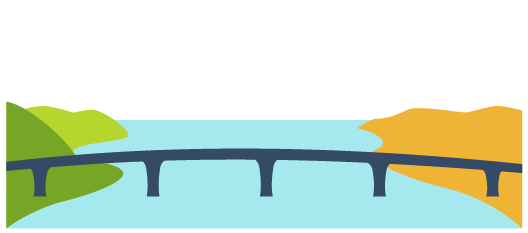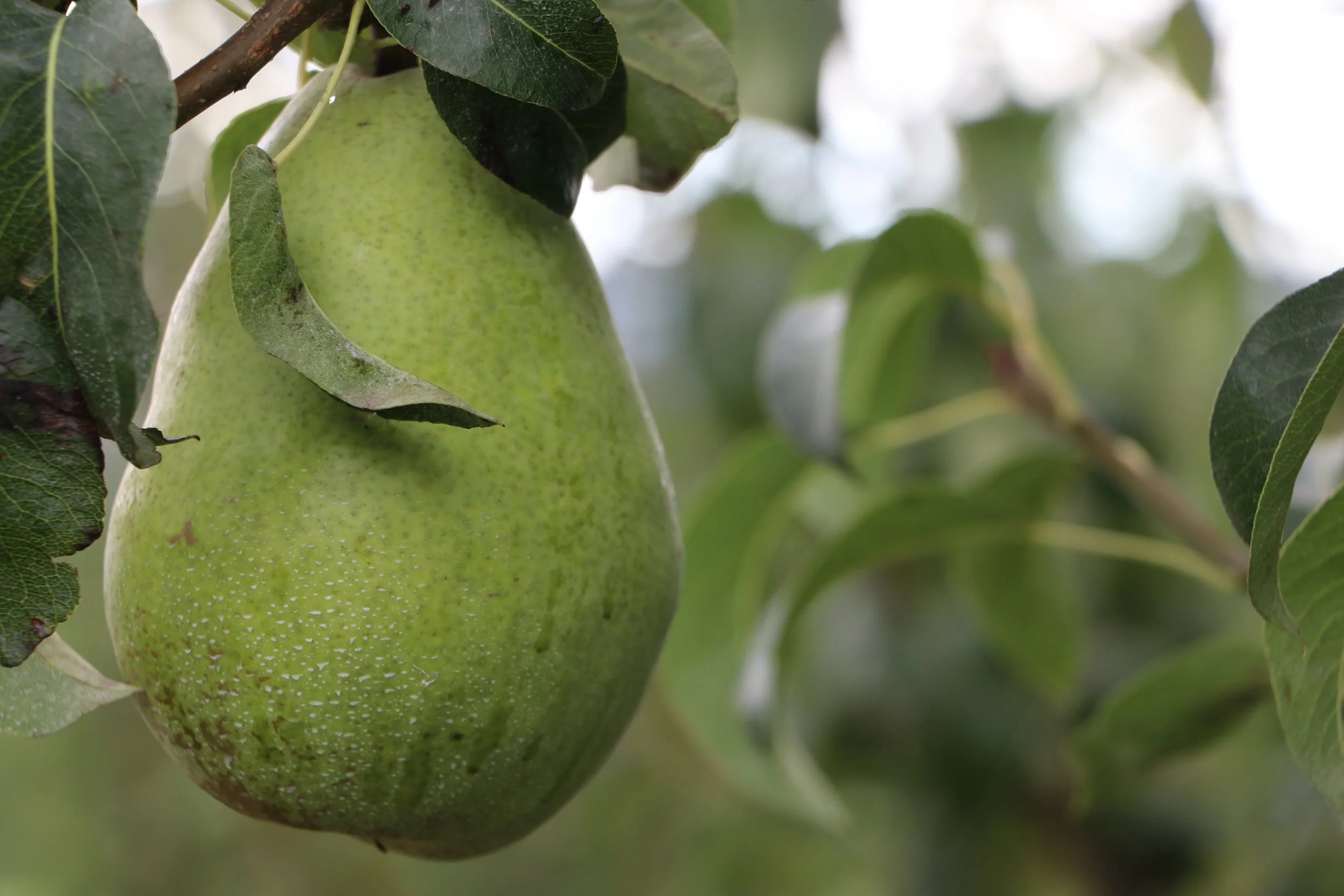
Project Overview
With recent federal approval and state funding secured, the Hood River-White Salmon Bridge project is seeking the final federal investment needed to begin construction in 2027.
Building a new bridge ridge is critical to the regional and national economy, freight and passenger vehicle safety, and families accessing essential services. Built in 1924, the existing bridge is outdated, unsafe and costly to maintain. Frequent closures due to aging design and safety issues disrupt access to essential services. Those closures also disrupt freight traffic carrying critical goods through the corridor, damaging the local and regional economies.
Building a better bridge: The final push
A new, modern bridge will improve safety and keep the regional economy moving.
The new bridge design features bike and pedestrian facilities, a lookout and traffic shoulders.
“WHEN THE BRIDGE CLOSES, WE LOSE ON AVERAGE 38% OF OUR DAILY REVENUE. PLUS WE PAY OUR EMPLOYEES FOR THEIR EXTENDED COMMUTES, WHICH CAN TOTAL AN EXTRA 1.5 HOURS PER DAY.”
— Lauren Heumann, Owner
Treebird Market
Continuing momentum
Fall 2025 progress updates:
Environmental review complete: A federal Record of Decision was issued in November 2025, marking the end of the project’s required environmental review.
Final design taking shape: This summer, the project officially entered its final design phase, marking a major milestone. Construction-ready plans will be ready in spring 2027.
Final funding in sight: The project team is actively working to secure the final piece of funding through the federal Bridge Investment Program.
Project leaders continue to work with state and federal legislators to secure the final piece of funding.
Regional bridge, national impact
The bridge is a critical piece of infrastructure that supports daily American life. For families that live in Hood River, White Salmon, and Bingen, it’s the only direct link to jobs, schools, childcare, medical care and loved ones.
Frequent closures due to aging design and safety issues disrupt access to essential services. Those closures also disrupt freight traffic carrying critical goods through the corridor, damaging the local and regional economies. The new bridge will:
Improve safety
Wider lanes: Regulation lane widths and shoulders will reduce accidents and emergency closures.
Seismic safety: Deeper foundations will ensure the new bridge can better withstand earthquakes.
Safer navigation: More than 12 million tons of cargo move beneath the bridge each year. Additional clearance for barges will make each trip safer.
New and improved access: Better, safer access for all modes. This includes protected lanes for bikes and pedestrians that can also be used for emergency access when needed.
Support the economy
Reliable crossings: The bridge is a vital link for farms and factories to global supply chains. Reliable access will keep people and goods moving.
Improved marine navigation: Wider clearance will protect the bridge and result in more reliable shipping along the Columbia.
Better business and tourism access: Improved connectivity across the river will boost local businesses and the region.
Creates jobs and strengthens the local workforce: Construction of the bridge will create direct jobs and provide an economic boost to suppliers in the area.
Collisions and are common on the current bridge due to narrow lanes. The new bridge will have modern lanes and shoulders, improving safety for all modes.
Today’s 246-foot passage leaves little room for error for barge operators navigating the Gorge’s strong winds and current. The new bridge will provide a 450-foot navigational clearance, dramatically improving safety and offering a more reliable shipping route for goods across the region.
Cost & funding
Building a bridge requires more than construction—it involves design, technical oversight, demolition of the existing bridge, and a contingency reserve to manage the unexpected.
The new crossing itself is expected to cost approximately $717 million, but with these added needs the full program cost estimate is $1.12 billion. A large portion of that is contingency funding—money we hope never to spend, but that protects the project from risks like inflation, supply chain shifts, or unforeseen engineering challenges. This way, we’re prepared to deliver the bridge on time and without asking for more.
As the design process continues, we’ll keep sharpening the numbers and looking for ways to save money while still ensuring the project is delivered safely and on schedule.
Project cost (in millions)
Project funding (in millions)
Project champions Senator Daniel Bonham and Representative Jeff Helfrich testify in front of the Oregon Legislature’s Joint Committee on Transportation in April.
Project leadership
Led by the bi-state Hood River-White Salmon Bridge Authority, the project is backed by a strong coalition of federal, state, and local agencies—including both the Oregon and Washington departments of transportation. The project team includes nationally recognized consultants HNTB and Kiewit Infrastructure West, which bring extensive experience in bridge design and construction, and have successfully delivered similar projects around the country.
Michael Shannon
Project Director
Michael B. Fox
Bridge Authority
Co-Chair
Jacob Anderson
Bridge Authority
Co-Chair


















